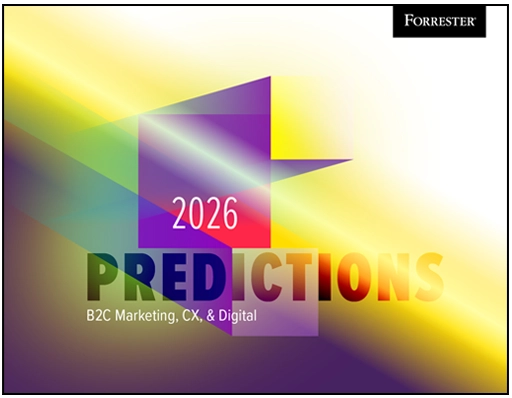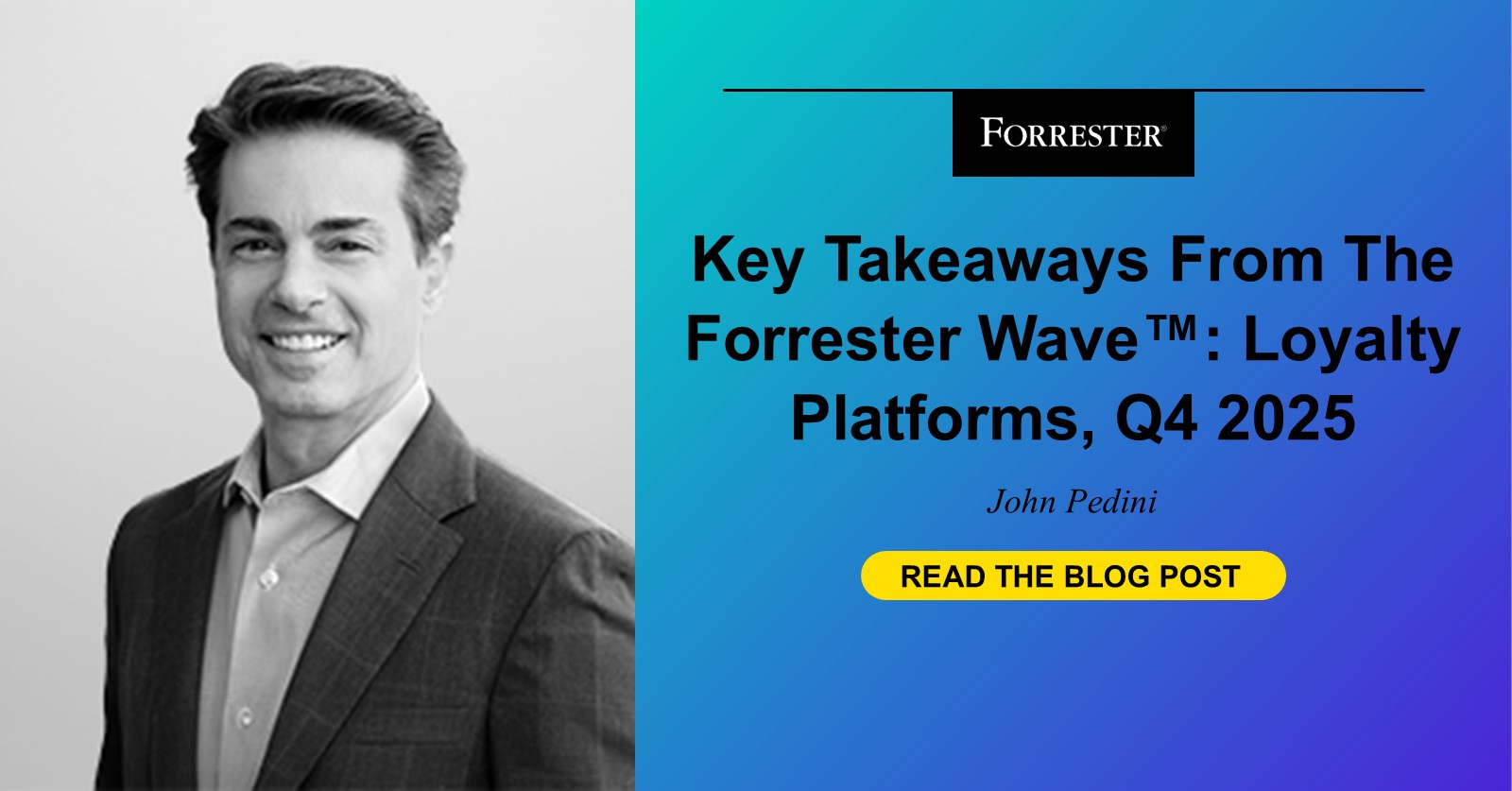The race towards cognitive automation is well underway. For years, deterministic automation has been the backbone of reliability and compliance. While this paradigm still matters, it no longer defines the frontier. The growth of agentic AI has shifted the goalposts from task execution to contextual reasoning and adaptive decision-making.
Forrester’s ‘Predictions 2026: Automation and Robotics’ explores this transition and what it means for automation strategy, platforms, and governance.
Less than 15% of firms will turn on the agentic features in intelligent automation suites. Two distinct models of automation are emerging. The first anchors itself in the process backbone, where narrowly scoped agents operate as embedded helpers, sitting within existing deterministic workflows. Forrester describes these workflows as ‘agentish’. The second model elevates reasoning to the center as agents themselves use reasoning and planning to dynamically decide how to execute work. As the automation landscape shifts from flow-first to reasoning-first architectures, process automation vendors continue to actively evolve their platforms by embedding agentish and agentic capabilities. However, we expect the transition to be rough on traditional process automation vendors who are in the middle of a massive transformation of their core product stack even as they orchestrate a reorientation of their legacy brands and market positioning. We expect ROI and governance challenges to keep most organizations running deterministic automation through 2026 despite vendor pressure to adopt agentic features.
Strategic robot innovation will unlock 20% of new enterprise use cases. Even as Agentic AI ushers in cognitive automation, rapid leaps in robot learning are making robots more flexible, simpler to configure and integrated with digital workflows. These trends result in a sharp enlargement of the “automatability surface,” or the scope and depth of work that can be effectively automated within the enterprise. Yet as these smarter robots join software agents in shared environments, the system-level complexity of coordinating and governing this portfolio of automation rises rapidly, driving convergence across previously distinct automation tools and platforms. Forrester’s automation fabric research anticipated this shift: a unified architecture that connects diverse automation modalities to orchestrate value across end-to-end value streams. The convergence of agentic AI and robotics into the traditional automation portfolio now makes such an architecture both urgent and achievable.
Process intelligence will rescue 30% of failed AI projects. Process intelligence sits at an inflection point in this evolution. Its potential to provide agents with contextual awareness and process grounding is immense. Yet process intelligence has largely sat out the first wave of agentic automation. Most process intelligence vendors have approached AI timidly, offering merely incremental enhancements like chat-based explainers or conversational analytics. However, the real opportunity lies in turning process insights into active inputs for agent reasoning, offering live context, compliance constraints, and operational feedback loops. To stay relevant, we expect process intelligence to evolve to embed itself directly within the fabric of agency as an enabler of AI. Vendors that make this leap will position process intelligence as a core enabler of autonomous, adaptive operations.
I invite you to read about all these and more in our full ‘Predictions 2026: Automation and Robotics’ report that dives deeper into trends from agentic AI adoption to vendor consolidation and the rise of ‘workflow archaeology’.
If you aren’t yet a Forrester client, you can learn how to put these predictions into action during our live webinar. You can also download our complimentary Predictions guide, which covers our top technology and security predictions for 2026. Get additional complimentary resources, including webinars, on the Predictions 2026 hub.

























